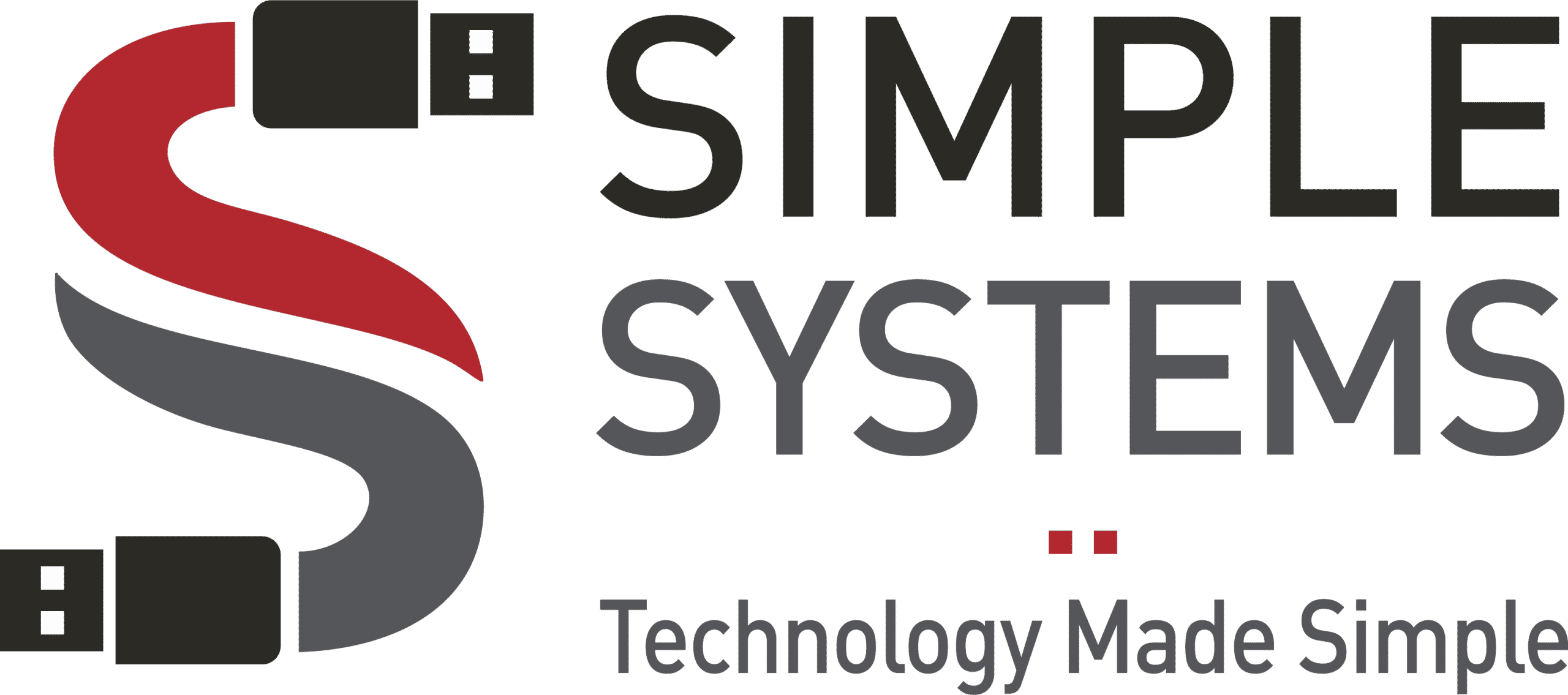Regulatory audits are systematic reviews conducted by regulatory bodies to ensure businesses comply with industry standards and regulations. For regulated industries, these audits are not just routine checks—they’re essential for maintaining credibility and trust with stakeholders.
By adhering to regulations, businesses protect their reputation and mitigate risks, ensuring they operate effectively in an increasingly scrutinized environment. Let’s explore best practices so your business can embrace the audit process and transform compliance into a competitive advantage.
Understanding Regulatory Audits
Regulatory audits are formal evaluations of an organization’s adherence to relevant laws, regulations, and standards. These audits can be classified into several categories:
- Internal Audits: Conducted by the organization’s own staff to assess compliance and internal controls.
- External Audits: Performed by independent third-party entities to verify compliance.
- Surprise Audits: Unannounced reviews to evaluate real-time compliance.
- Compliance Audits: Focused on adherence to specific regulations or standards within the industry.
- Performance Audits: Assess the efficiency and effectiveness of operations against established performance metrics.
Highly regulated industries such as healthcare, finance, and manufacturing are most likely to undergo audits. However, audits can extend beyond industry-specific regulations and cover data privacy, labor laws, and environmental regulations. Take time to understand the scope and type of audits that apply to your specific business.
The Importance of Regular Compliance Checks
Regular compliance checks are necessary to avoid hefty fines, legal actions, and damage to your company’s reputation. If your business is left scrambling to ensure compliance before an audit, you risk minor penalties and severe sanctions.
Moreover, consistent evaluations provide an opportunity to identify potential issues before they escalate into major compliance breaches. This proactive approach can save your company from extensive financial and reputational damage.
Building an Effective Compliance Team
The first step in preparing for a regulatory audit is to build an effective compliance team. This team’s responsibility is to ensure all relevant regulations and standards are met, and that your organization operates within legal boundaries. If you need a starting guide to different roles and responsibilities, here are some key positions to consider:
- Compliance Officer: Responsible for overseeing the organization’s compliance with regulations.
- Internal Auditors: Ensures internal controls are in place and adhered to.
- Legal Advisors: Provides legal counsel and ensures compliance with laws and regulations.
- Subject Matter Experts: Knowledgeable in specific areas of regulation, such as data privacy or environmental standards.
- Documentation Specialists: Maintains records and documentation of all compliance efforts.
Assign audit preparation roles to team members based on their expertise and availability. It is also crucial to foster open communication channels within the team and departments so each member understands their duties.
Conducting a Pre-Audit Assessment
One of the best simulation methods to prepare for a regulatory audit is conducting an internal pre-audit assessment. This process simulates an actual audit to identify gaps in compliance and allows for corrective actions to be taken. You could also use an external consultant to gain an unbiased evaluation.
Review the following steps to ensure an effective pre-audit assessment:
1. Designate a Lead Auditor
Select an experienced internal auditor to lead the assessment. This person should be familiar with all relevant regulations and have in-depth knowledge of the organization’s operations.
2. Identify Key Regulations and Standards
Gather all relevant regulations and standards to be evaluated during the assessment. This list should include both industry-specific regulations and general laws and standards that may apply.
3. Review Documentation
Review all relevant documentation, including policies, procedures, and records related to compliance with the identified regulations and standards.
4. Conduct Interviews
Interview key personnel involved in compliance efforts to gain insight into their roles and responsibilities.
5. Perform On-Site Observations
Observe processes and operations to identify potential compliance issues.
6. Identify Gaps and Deviations
Record any gaps or deviations found during the assessment, along with corrective action plans to assist with ongoing improvement.
Document Management and Record Keeping
Throughout the audit process, it is absolutely essential to maintain accurate and up-to-date documentation of policies, procedures, reports, and records of all compliance efforts. Effective document management will keep track of compliance activities and provide evidence of adherence to regulations.
To effectively organize and manage documents, utilize digital document management systems that offer features like version control, audit trails, and secure storage. This not only makes it easier to retrieve documents during an audit but also ensures they remain accurate and up-to-date.
Invest in Effective Compliance-as-a-Service From Simple Systems
Complying with regulatory audits can seem overwhelming, but it doesn’t have to be. At Simple Systems, we offer comprehensive compliance-as-a-service solutions to help businesses navigate regulatory requirements effectively. Our team of experts stays updated on the latest regulations and provides ongoing support to ensure your organization remains compliant. Explore our services today to prepare your business for success.


